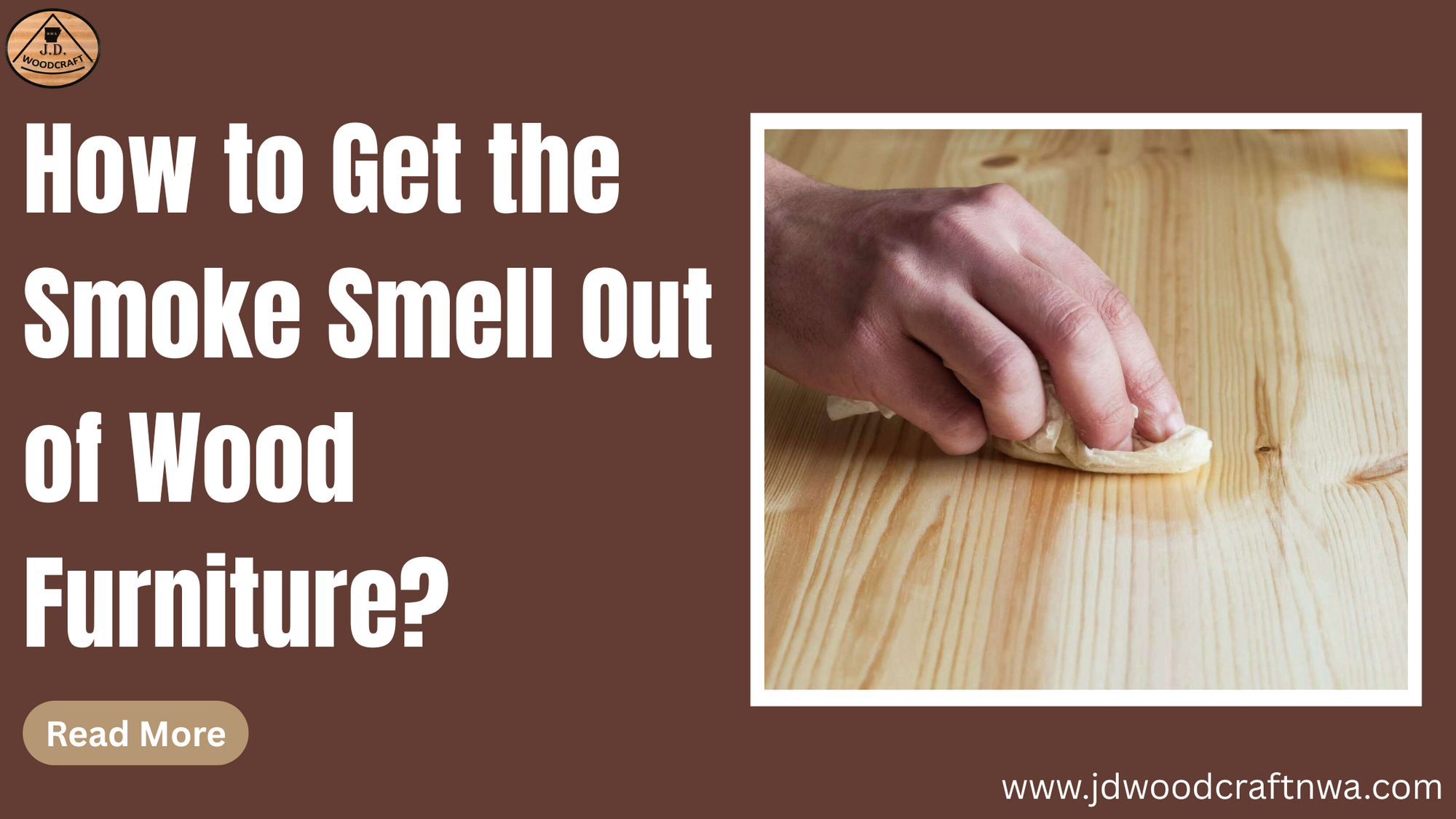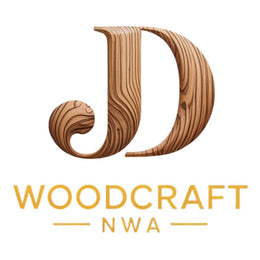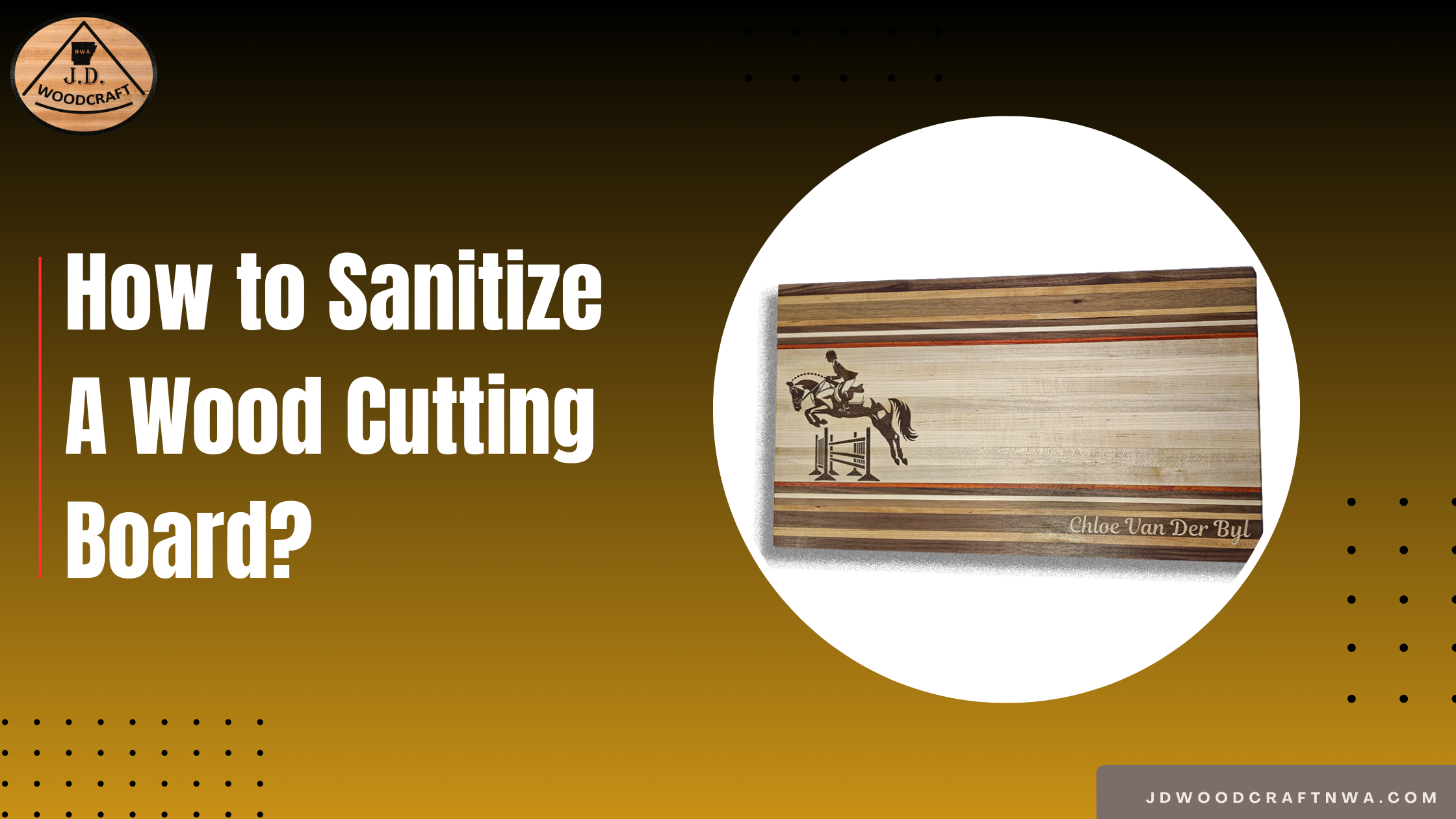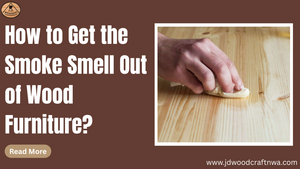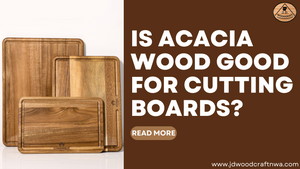If you’ve ever wondered how to sanitize a wood cutting board surfaces the right way, you’re not alone. It’s one of those essential kitchen tasks that often gets overlooked, but it shouldn’t. Wooden cutting boards are beautiful, durable, and often the heart of a kitchen prep station. But their porous surface makes them prone to soaking up juices from raw meat, fruits, and vegetables, which can lead to bacteria build-up if not properly cleaned.
The good news? Sanitizing your wooden cutting boards isn’t complicated. Whether you’re dealing with everyday crumbs or the aftermath of raw chicken, there are easy, effective methods to clean and disinfect your board.
In this guide, we’ll walk through how to clean, sanitize, and maintain your large wood cutting board using tools and ingredients you probably already have in your kitchen.
Why Sanitizing a Wood Cutting Board Matters?
Here’s the thing about cutting boards: they are amazing, but they’re also sponges. That gorgeous grain that makes your board look rustic and artisanal? It’s also the perfect hiding place for bacteria. If you’re not properly disinfecting a wooden cutting board, you risk transferring those germs right back onto your food.
Think about this: You chop up raw chicken, give your board a quick rinse, and then slice some cucumbers for your salad. Guess what? You might’ve just introduced harmful bacteria into your fresh veggies. Not ideal, right?
Sure, there are antimicrobial wood cutting boards out there that offer some protection. They’re specially treated or made from woods like maple or bamboo that naturally resist bacteria. But even those need regular cleaning and sanitation. No board is immune.
Whether you use your wood cutting board for daily meal prep or only pull it out for special occasions, keeping it clean is non-negotiable. And learning how to sanitize a wooden cutting board correctly is a small habit that can make a big difference in kitchen safety.
Daily Cleaning vs. Deep Sanitizing: Know the Difference
One of the most common mistakes people make is assuming that rinsing their board with water is enough. It’s not. While daily cleaning removes surface grime, it doesn’t necessarily kill bacteria. That’s where cutting board sanitizer methods come in.
Your daily routine should include a thorough rinse and scrub with hot water and dish soap. Use a stiff-bristle brush or scrub pad to really get into the wood grain. This removes food particles and oils that can attract bacteria.
But at least once a week, or immediately after prepping raw meat, you should go one step further and actually sanitize wood cutting board surfaces. This means using something antibacterial, like vinegar, hydrogen peroxide, or even a light bleach solution.
Knowing when to clean and when to sanitize is crucial. If you’ve just sliced an apple? A soap-and-water clean will do. Just chopped raw beef? Time for the big guns. Understanding how to disinfect wooden cutting board surfaces is key to keeping your food safe and your board in top shape.
The Best Methods for Sanitizing a Wood Cutting Board

So you’ve washed your board, but how do you actually get it sanitized? Let’s walk through the most effective methods, each tailored to different needs and levels of grime.
1. White Vinegar: Nature’s Disinfectant
Using vinegar for cleaning cutting board surfaces is an old-school kitchen hack that still holds up. It’s a natural disinfectant with mild acidity, which means it kills bacteria without damaging the wood.
Here’s what to do:
-
Pour white distilled vinegar directly onto the board, or soak a clean cloth in vinegar and wipe it down.
-
Let the vinegar sit for at least 5 to 10 minutes so it can do its thing.
-
Scrub with a brush if needed, rinse with warm water, and dry immediately.
This method is gentle, food-safe, and perfect for routine cutting board sanitizer use. Plus, vinegar can help neutralize odors and keep your board smelling fresh. If you’re someone who prefers natural products over chemicals, vinegar is a total win.
2. Hydrogen Peroxide: A Deeper Clean
When you need a bit more power, hydrogen peroxide is your guy. It’s particularly effective at disinfecting a wooden cutting board after handling raw meats or other bacteria-prone foods.
Here’s how:
-
Use 3% hydrogen peroxide.
-
Pour it over the surface or apply it with a spray bottle.
-
Let it fizz and bubble for about 5 minutes; this is killing the bacteria.
-
Rinse thoroughly and dry with a clean towel.
Hydrogen peroxide is safe, effective, and odorless. It won’t leave your cutting board wood smelling like chemicals, and it won’t stain the surface. It’s a great alternative if you’re wary of using bleach on your food prep areas.
3. Lemon and Salt: Scrub + Sanitize
Now, let’s talk about the easiest method, lemon and salt. It not only sanitizes but also exfoliates your board, lifting out grime and neutralizing smells. It's also perfect for those who ask how to clean cutting board stains naturally.
Here’s what to do:
-
Sprinkle coarse salt over the board.
-
Cut a lemon in half and scrub the board using the cut side.
-
Let it sit for about 10 minutes so the citric acid can do its job.
-
Rinse with warm water and pat dry.
This method is gentle enough for daily use on your large wood cutting board. It’s especially handy if your board starts to smell or has visible food stains.
4. Bleach Solution: Only When Necessary
We get it, bleach can be harmful. But used sparingly and correctly, it’s one of the most powerful tools for how to sanitize a wood cutting board, especially after raw meat.
Here’s how to safely use it:
-
Mix 1 tablespoon of unscented bleach with 1 gallon of water.
-
Dip a clean cloth or sponge into the solution and wipe down the board.
-
Let it sit for 2–3 minutes.
-
Rinse thoroughly with warm water and dry.
Important: Never use bleach on unsealed boards too often, as it can dry out the wood. Always apply oil to your board after bleaching to keep it from cracking.
How to Clean a Cutting Board After Raw Meat?
Handling raw meat on wood? That’s where proper sanitizing becomes essential. This is also one of the most common times when people ask how to disinfect chopping board surfaces without ruining them.
Follow these steps:
-
Scrape off leftover meat bits and fat.
-
Wash with hot water and dish soap. Don’t skip this step.
-
Sanitize using hydrogen peroxide or diluted bleach.
-
Let it sit for 5–10 minutes, depending on the method.
-
Rinse well with warm water.
-
Dry completely, and we mean completely.
If your board stays damp, it creates a perfect breeding ground for bacteria. Use a towel first, then let it air-dry. And if you’re frequently cutting raw meat, consider having a designated wood cutting board just for that purpose.
How Often Should You Sanitize?
So, how often is “often enough” when it comes to how to sanitize wood cutting board surfaces? It depends on what you’re using it for.
Here’s a quick breakdown:
-
Daily use (fruits, veggies, bread): Clean after every use; sanitize weekly.
-
After raw meat or fish: Sanitize immediately.
-
Heavy meal prep days: Consider sanitizing your board nightly.
-
Noticeable smells or stains: Sanitize and deep clean on the spot.
If your cutting boards start to look dry, cracked, or smell weird even after washing, it might be time for a deeper scrub, or even a replacement.
Don't Forget to Oil: Wood Boards Need Conditioning Too

Cleaning is just half the battle. Your board also needs conditioning, yes, really! Dry wood cracks, splits, and becomes harder to clean over time. Conditioning your wood cutting board helps protect it from moisture and keeps it looking beautiful.
Here’s what to do:
-
Use food-grade mineral oil.
-
Pour a generous amount over the surface.
-
Rub it in with a clean cloth or paper towel.
-
Let it sit overnight if possible, then wipe off excess.
Do this every few weeks, especially if your kitchen air is dry or your board gets heavy use. Trust us, your large wood cutting board will thank you with years of service.
Ready to Take Better Care of Your Cutting Board?
Learning how to sanitize wood cutting board surfaces is a game-changer in the kitchen. Not only does it help prevent illness, but it also extends the life of your favorite prep tool. Whether you’re working with heirloom cutting boards, sleek antimicrobial wood cutting boards, or a new large wood cutting board, keeping it clean is easier than ever.
Want to explore top-rated options that are easier to maintain? Check out JD WoodCraft for the best wooden cutting boards for your kitchen and choose one that fits your style and cooking needs.
FAQ:
-
How to clean and sanitize a wooden cutting board?
To clean and sanitize a wooden cutting board, wash it first with hot soapy water, then use vinegar, hydrogen peroxide, or a diluted bleach solution to sanitize the surface. Rinse well and dry thoroughly.
-
How to disinfect a chopping board?
Disinfecting a chopping board involves using a safe antibacterial agent like 3% hydrogen peroxide or diluted bleach after washing it. This is especially important when handling raw meat, poultry, or seafood on your wood cutting board.
-
How to clean cutting board stains?
Use lemon and salt to scrub out stubborn stains, then rinse and dry. For deeper stains, use baking soda and hydrogen peroxide. This also refreshes your wooden cutting board and helps with odor.
-
How to clean a white cutting board?
White plastic cutting boards can be cleaned with baking soda and hydrogen peroxide, or a light bleach solution. Though this post focuses on cutting boards wood, similar sanitation principles apply; just be gentle.
-
How to clean a cutting board after raw meat?
First, clean with hot water and soap. Then, sanitize using hydrogen peroxide or diluted bleach. Rinse and dry completely. Always sanitize your wood cutting board after handling raw meat to avoid contamination.
-
How to clean a stained cutting board?
For natural stains, scrub with lemon and salt. For stubborn ones, try hydrogen peroxide or baking soda. These methods are safe for antimicrobial wood cutting boards and help keep them looking like new.
Read More Blog:
